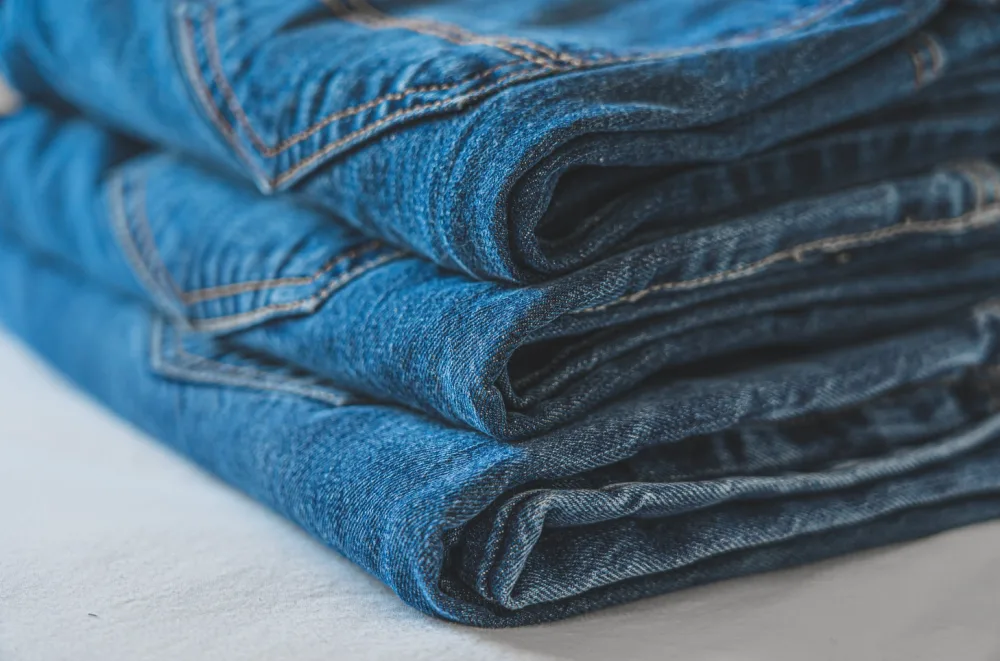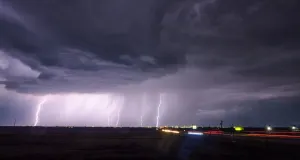
Jeans contribute to water pollution from Great Lakes to Arctic: Study
Believe it or not, on average, each North American owns seven pairs of jeans. Each pair sheds about 50,000 microfibres per wash. These little fibres are getting through filtration systems, and are ultimately making their way all the way to the bottom of the Arctic Ocean.
Many people understand the impacts of microplastics on the environment, but what about microfibres?
One study looked at just how many fibres are shed after washing blue jeans — a popular staple in people’s wardrobes.
But the research started with what scientists found in sediment from various bodies of water.
They found a common thread in the sediment samples from the bottom of the Great Lakes, waste water treatment plant samples and sediment from all across the Arctic Ocean bed.

Courtesy: PEXELS/Castorly Stock
Visit our Complete Guide to Fall 2020 for an in depth look at the Fall Forecast, tips to plan for it and a sneak peek at the winter ahead
“We had the idea that all these fibres we were seeing in the environment from the Arctic, down to the sediments just off of Toronto and in Georgian Bay, we thought maybe they're from blue jeans. So then we said, ‘we better test that’,” explained Miriam Diamond, a professor in the Department Of Earth Sciences at the University Of Toronto. “We took blue jeans — we took new blue jeans, used blue jeans and distressed blue jeans. We put them in the washing machine -- we have a washing machine in the lab. We looked at the fibres that were released from the jeans. We identified them according to what they look like.”
The researchers were able to confidently conclude that the fibres were, in fact, from blue jeans.
Although the study focused on indigo dyed denim, researchers noted that all clothing sheds fibres.
For more information on this study and to find out what you can do to prevent fibres from getting into our waterways, watch the video above.











